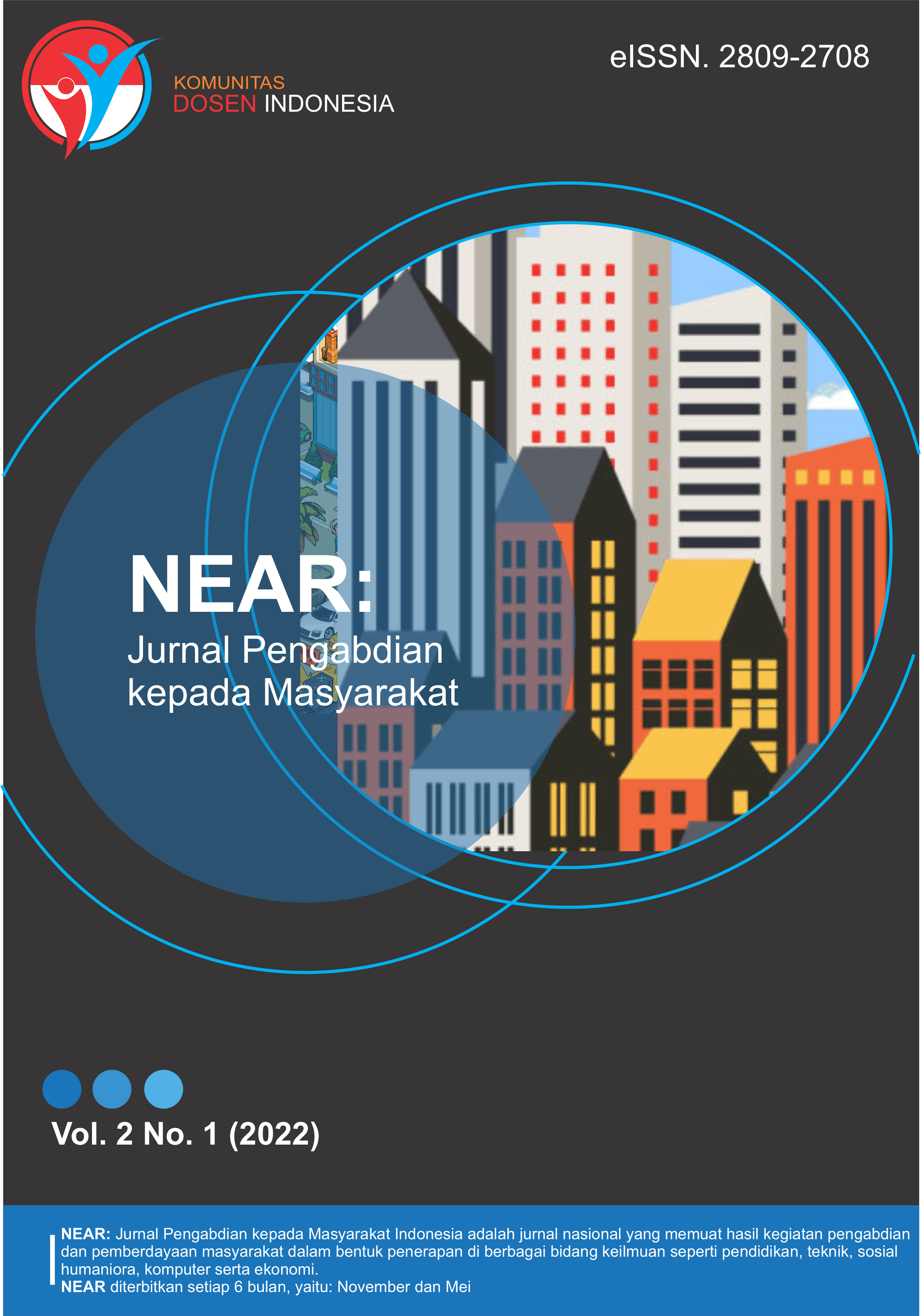Penyuluhan Pemasaran E-Commerce Untuk Meningkatkan Penjualan Bagi UMKM Pemuda-Pemudi di Kecamatan Rajeg Kabupaten Tangerang
DOI:
https://doi.org/10.32877/nr.v2i1.574
Keywords:
E-Commerce, SMEs, Sales
Abstract
Technological developments that occur today are growing rapidly. All aspects of human life in their activities use information technology as a tool to facilitate and speed up the activities carried out. On the other hand, competition in the economic field is also getting tougher. All manufacturers are competing in marketing their products to consumers. Electronic Commerce (E-Commerce) is the process of doing business through a computer network which in general is a business activity that is closely related to: Consumers (Consumers), Manufacturing, Internet Service Providers (ISPs), Intermediaries (Intermediateries), using electronic media and facilities Internet to buy or sell its products. Unlike traditional trade which is done physically with someone trying to go & come to get the product. E-Commerce which started in the early 1990s has taken a big leap in the world of computers, but the fact that hinders the growth of e-commerce is the security factor. Security is a challenge facing e-commerce today and much progress is still being made in the area of security. The main advantage of e-commerce over traditional commerce is that users can browse online stores, compare prices, and order merchandise from home via their personal computers, and receive orders for the goods they buy also at home, making it much more convenient, easy, effective with higher quality. can compete with traditional trade in which the physical goods can be seen and touched. To increase the use of e-commerce in developing countries like Indonesia, B2B e-commerce is implemented to increase access to global markets. The research strategy shows the importance of e-commerce in developing countries for business applications
Downloads
Downloads
Published
How to Cite
Issue
Section
License
Copyright (c) 2022 NEAR: Jurnal Pengabdian kepada Masyarakat

This work is licensed under a Creative Commons Attribution-ShareAlike 4.0 International License.


 DOI :
DOI :
 Abstract views: 485
/
Abstract views: 485
/  PDF downloads: 882
PDF downloads: 882
